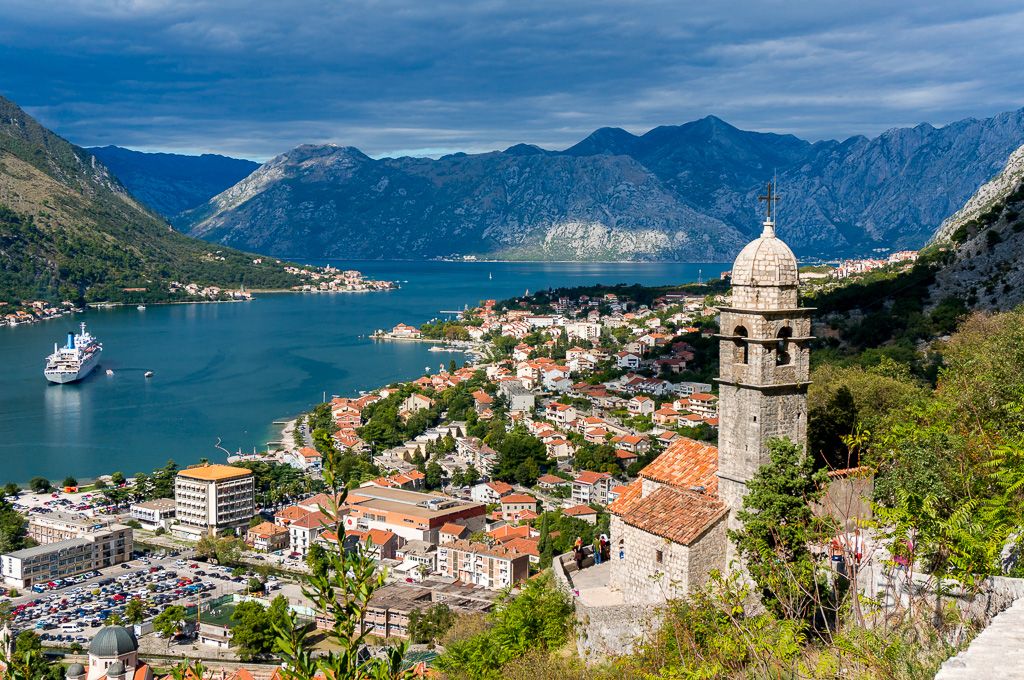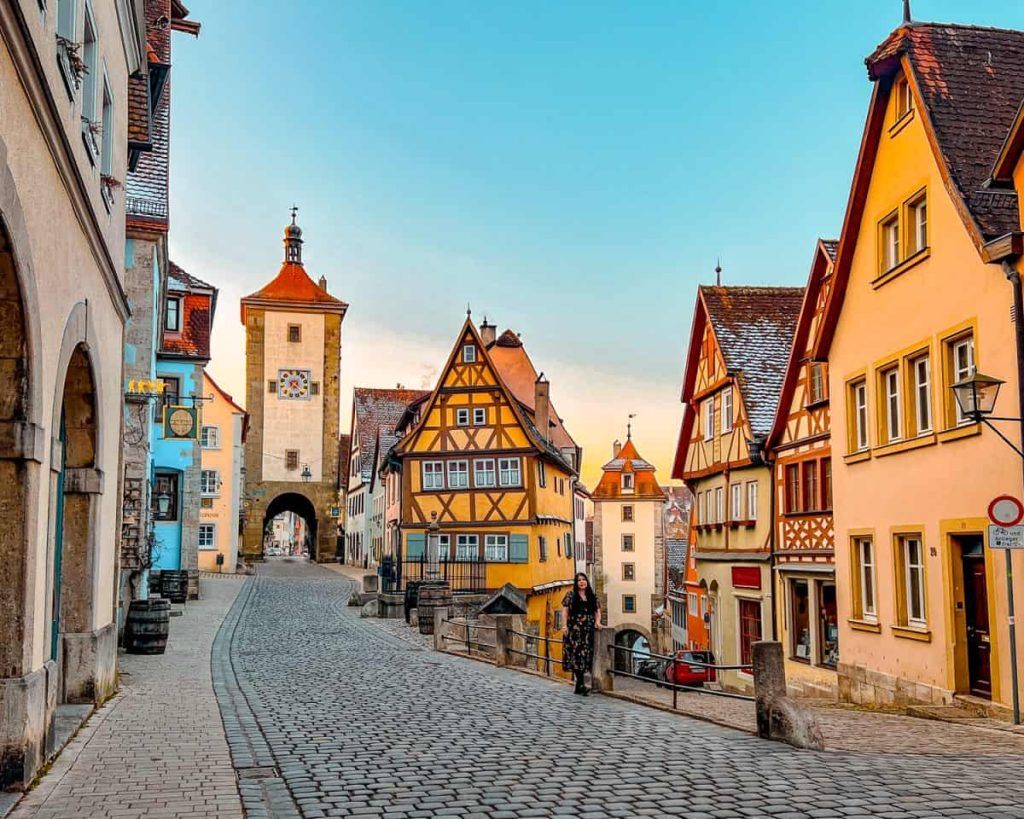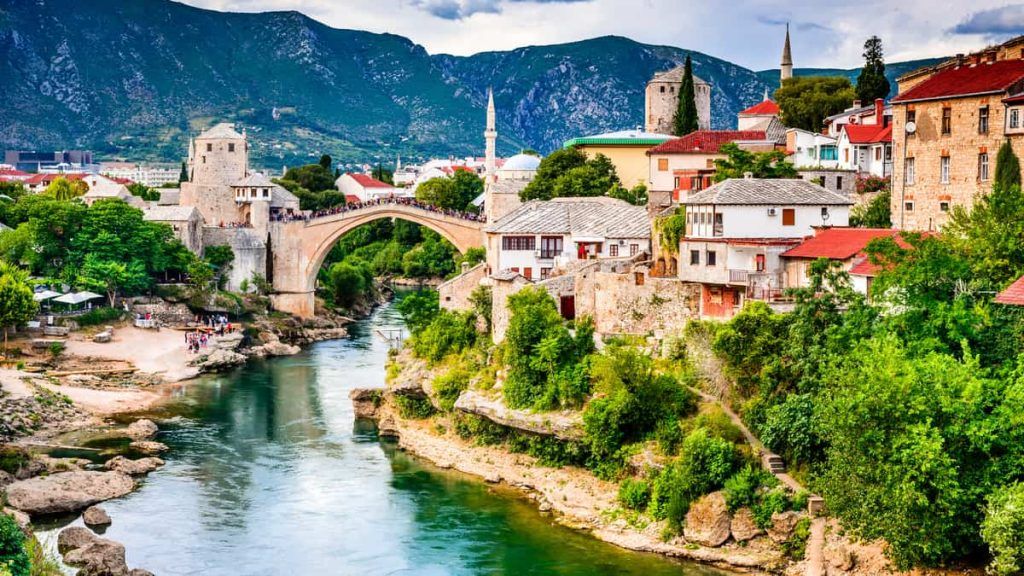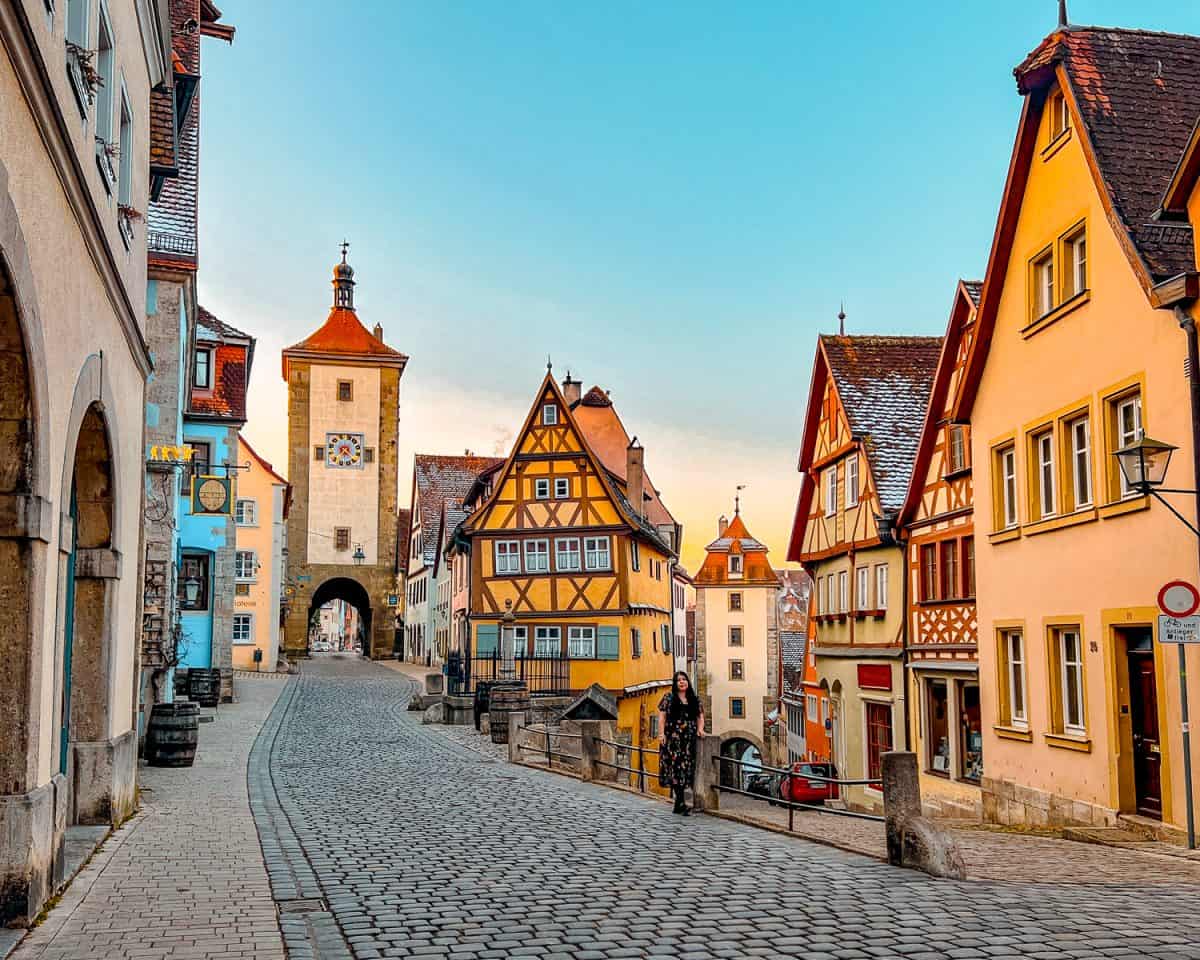Traveling through Europe is immersing yourself in centuries of history, but there is a region that shines especially for its medieval authenticity: the Balkans. While many European capitals have modernized their image, in these lands there are still cobbled streets, intact walls and fortresses that rise above mountains. For travelers looking to relive the past without filters, these medieval cities in the Balkans are authentic chests of time.
I have traveled castles in ruins, old markets and squares where time seems to have stopped. And I can say that there is no experience comparable to getting lost among alleys that tell centuries-old stories. This article is designed for you, lover of historical destinations in Eastern Europe, who values the silence of a Romanesque church or the echo of the steps in a defensive tower. Join me to discover some of the places with medieval charm to visit in this fascinating region.

Why the Balkans are a medieval jewel to discover
Unlike other more tourist areas of the continent, the Balkans have preserved their authenticity thanks to a slower development and a turbulent history that, far from erasing the past, has preserved it. From Byzantine architecture to Ottoman influences, the cities here show a unique fusion that you won’t find anywhere else in Europe.
In addition, these historical destinations in Eastern Europe are usually less crowded, which allows you to explore them without haste, enjoying every corner, every ancient roof, every wall. If you are attracted to the idea of walking through walled villages while listening to local legends told by their own inhabitants, the Balkans should be on your list.
Kotor, Montenegro: a fortress between mountains and sea
Kotor is, without a doubt, one of the best kept treasures in the Adriatic. Nestled between steep mountains and a spectacular fjord, this walled city seems to come out of a Renaissance painting. Declared a World Heritage Site by UNESCO, it is a mandatory stop for those looking for places with medieval charm to visit.
Walking through Kotor is immersing yourself in centuries of Venetian history. Its narrow streets, hidden squares and stairs that climb to abandoned fortresses invite you to get lost aimlessly. The ideal is to start at the Puerta del Mar, go to the Cathedral of San Trifón and finish ascending to the fortress of San Juan, from where you get an imposing view of the bay.
The most valuable thing about Kotor is its atmosphere: street musicians who play ancient melodies, cats who look like guardians of the past and the warm light of the sunset bouncing off stone walls. It’s not just a place, it’s an experience.
Mostar, Bosnia and Herzegovina: living history next to the old bridge
Few images are as iconic as Mostar’s Old Bridge (Stari Most), a symbol of resistance, unity and reconstruction. But this city offers much more than a beautiful postcard. It is one of the historical destinations in Eastern Europe that still preserves that vibrant atmosphere of the medieval cities where East and West meet.
The old town of Mostar is compact, but every corner has something to tell. From stone mosques to Ottoman houses with wooden roofs, everything in Mostar recalls its multicultural legacy. Despite the wounds of the recent past, the city has been able to preserve its medieval essence, and today it shows itself to the world with dignity and beauty.
Walking through the Kujundžiluk bazaar is like going back centuries. The artisan shops, the aroma of Bosnian coffee and the sounds of the bridge under the feet of the visitors make you feel part of a story that is still being written.
Rothenburg ob der Tauber: the German medieval charm outside the Balkans
Although it is not found in the Balkans, including Rothenburg ob der Tauber offers an interesting contrast. This German city seems straight out of a fairy tale. Surrounded by a perfectly preserved wall, it is one of the purest examples of European medieval architecture. Walking through its streets is like entering a stage frozen in time.

Why is it worth mentioning? Because visiting Rothenburg allows you to appreciate what makes the medieval cities in the Balkans so special. While Rothenburg is shown as a perfect postcard, many Balkan cities still retain that living, imperfect and authentic air of the Middle Ages in daily use.
In addition, seeing how Germany has restored and maintained its medieval heritage allows us to assess the natural effort with which the Balkans have protected its own, often without great resources or tourist marketing. Therefore, visiting both types of cities offers a richer insight into the European past.
Gjirokastër, Albania: stone, fortresses and Ottoman legacy
If there is a city that condenses the medieval and Ottoman history of the Balkans, it is Gjirokastër. Declared a World Heritage Site, this Albanian jewel, known as “the stone city”, stands on a hillside overlooking the Drino River valley. Its urban landscape, composed of gray roofs, defensive towers and cobbled streets, makes it one of the places with medieval charm to visit without hesitation.
The castle of Gjirokastër, one of the largest in the Balkans, offers spectacular views and houses a museum of weapons that tells the story of the Albanian resistance. But the best of the city is in its traditional houses, some open to the public, which show how Ottoman noble families lived in the 19th century.
Gjirokastër has a calm energy, but full of echoes of the past. Eating in a local tea house, listening to polyphonic music and walking through its labyrinthine streets is to immerse yourself in a complex, exciting and very lively story. If you are looking for historical destinations in Eastern Europe, this city is a must.
Tips for exploring medieval cities without haste
Visiting these destinations is not just about crossing out places on a list. It is important to understand that medieval cities in the Balkans require a different attitude: here time runs slower, the stories are in the details and the best happens when you stop.

Here are some tips to enjoy them to the fullest:
- Walk without maps. Allow yourself to get lost. Some of the best views or moments occur far from the marked tourist routes.
- Talk to the locals. Many residents have fascinating stories that will connect you with the true spirit of the place.
- Visit in low season. This way you will avoid crowds and live a more intimate experience.
- Take long breaks. Have a coffee, listen to the environment, observe the architecture. Medieval cities are enjoyed at a leisurely pace.
- Find out about the story. Understanding the conflicts, alliances and cultures that shaped each city will greatly enrich your experience.
Medieval cities in the Balkans not only preserve their ancient architecture, but also their soul. They are destinations where the traveler becomes an explorer of the past, where each stone has a story and each corner a whisper of previous centuries. From the imposing fortress of Kotor to the stone roofs of Gjirokastër, these cities are authentic time travel.
If you are a lover of history, the authentic and little crowded corners, historical destinations in Eastern Europe should be on your next route. Because in the Balkans, the Middle Ages is not just a memory: it is still alive, waiting for you between walls, towers and stone roads.

